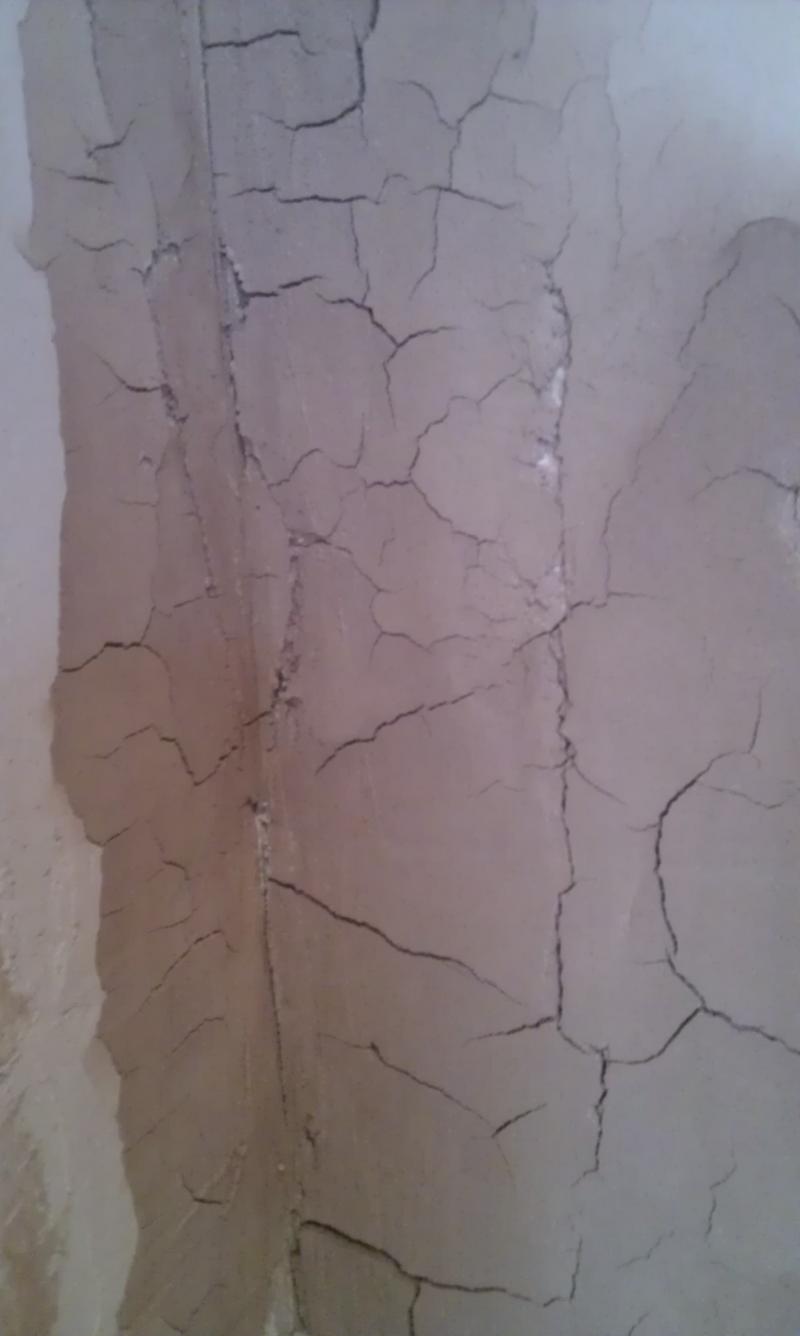Hi All,
I recently removed some tiles in my bathroom. An area of plaster came away with tiles. I'm going to tile over the top so I decided that I would replace the plaster.
I had a bag of plaster left over from some building work 2 years ago so I decided to use that. I bought some PVA. Diluted it as instructed and painted the area. Before the PVA dried (instructions on tub said to plaster whilst tacky) I applied the plaster. It looked great, very pleased with my first effort.
Then, the next morning it all cracked, please see the pictures.
There is a small radiator in the bathroom that would have come on about an hour before I went back into the bathroom and saw the cracks. I plastered about 5:30pm in the evening and it looked fine around 9pm. So this all happened through the night.
Any ideas as to what I did wrong?
Cheers
I recently removed some tiles in my bathroom. An area of plaster came away with tiles. I'm going to tile over the top so I decided that I would replace the plaster.
I had a bag of plaster left over from some building work 2 years ago so I decided to use that. I bought some PVA. Diluted it as instructed and painted the area. Before the PVA dried (instructions on tub said to plaster whilst tacky) I applied the plaster. It looked great, very pleased with my first effort.
Then, the next morning it all cracked, please see the pictures.
There is a small radiator in the bathroom that would have come on about an hour before I went back into the bathroom and saw the cracks. I plastered about 5:30pm in the evening and it looked fine around 9pm. So this all happened through the night.
Any ideas as to what I did wrong?
Cheers




